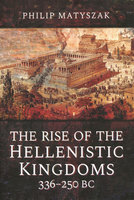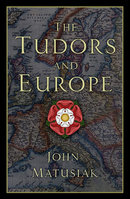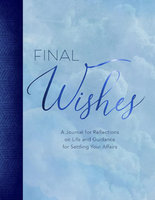Aegae is the capital of ancient Macedon, home to the legendary Philip II and his son, Alexander the Great. David Grant has previously challenged settled assumptions in his account of Alexander's life and has now turned his attention to a grave complex that may be the burial place of the kings of Macedon. The excavations of the 1970s took place at the modern town of Vergina, now believed to be the ancient Aegae in line with the theories of the venerable British scholar Nicholas Hammond. In 1977 Professor Manolis Andronikos was wrapping up the year's dig which had focused on the "Great Tumulus", when a change in soil colour suggested to Manolis that an older and smaller tumulus lay under the south-west perimeter of the hill. The team quickly revealed the foundations of a once-freestanding building that had been looted in antiquity, with an accompanying box-like tomb that had also been pillaged. Beyond it was a carved stone façade at the entrance to a much more ornate building. The heavy marble doors to the building were wedged so the archaeologists removed the keystone and lowered themselves inside, where Manolis made a remarkable discovery of a double burial with exquisite gold artefacts. Years of debate about the identities of the deceased followed. When the author visited in 2017 he found that Tomb II was provisionally labelled as the tomb of Philip II, and this book describes his efforts to convince the archaeologists that their identification was unreliable. The loss of literature from the period, as the Graeco-Macedonian world failed following Alexander's death, puts more weight on the evidence of archaeology. Alexander conquered the Persian Empire in 11 years, but died mysteriously in Babylon - it was 2300 years later that these subterranean tombs unearthed in northern Greece contained the remains of the Macedonian royal line. In the 5th century BC Darius of Persia had annexed the territory and 300 Spartans held the pass at Thermopylae, part of a resistance that led eventually to the crumbling of the Persian empire. When Philip later stepped in, he made diplomatic alliances through his seven wives and reformed the structure of the army, but injuries on the skeleton in the tomb do not necessarily point to Philip, while the accompanying woman buried with weapons and armour is a female warrior rather than a wife or concubine. The mystery remains. 351 weighty pages, many photos and illus in black and white and colour, maps.
Additional product information







